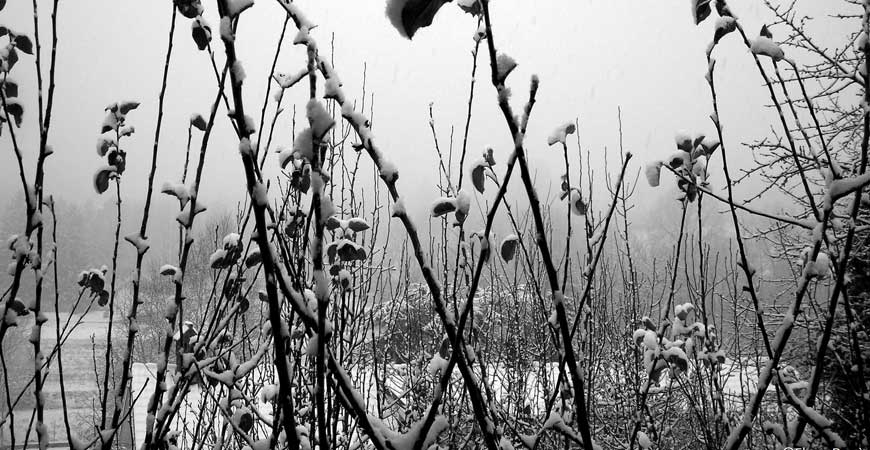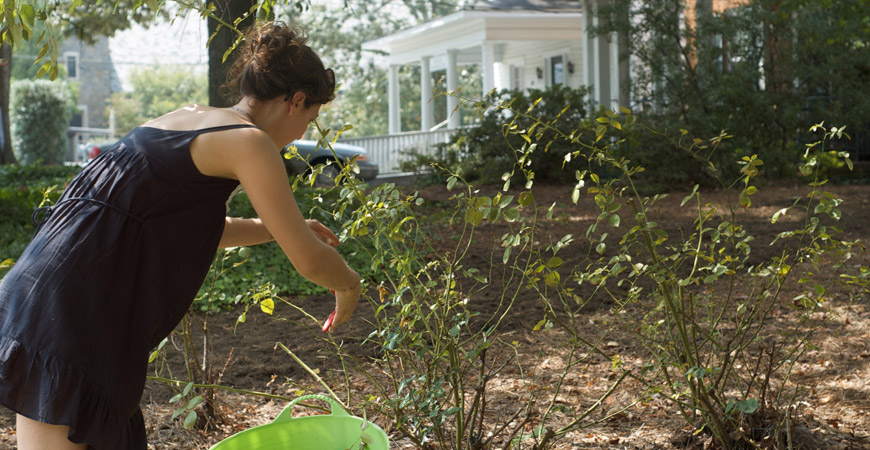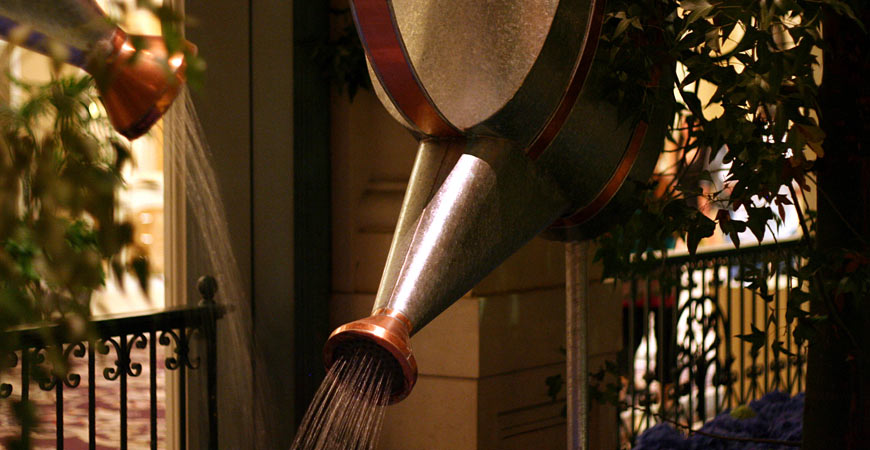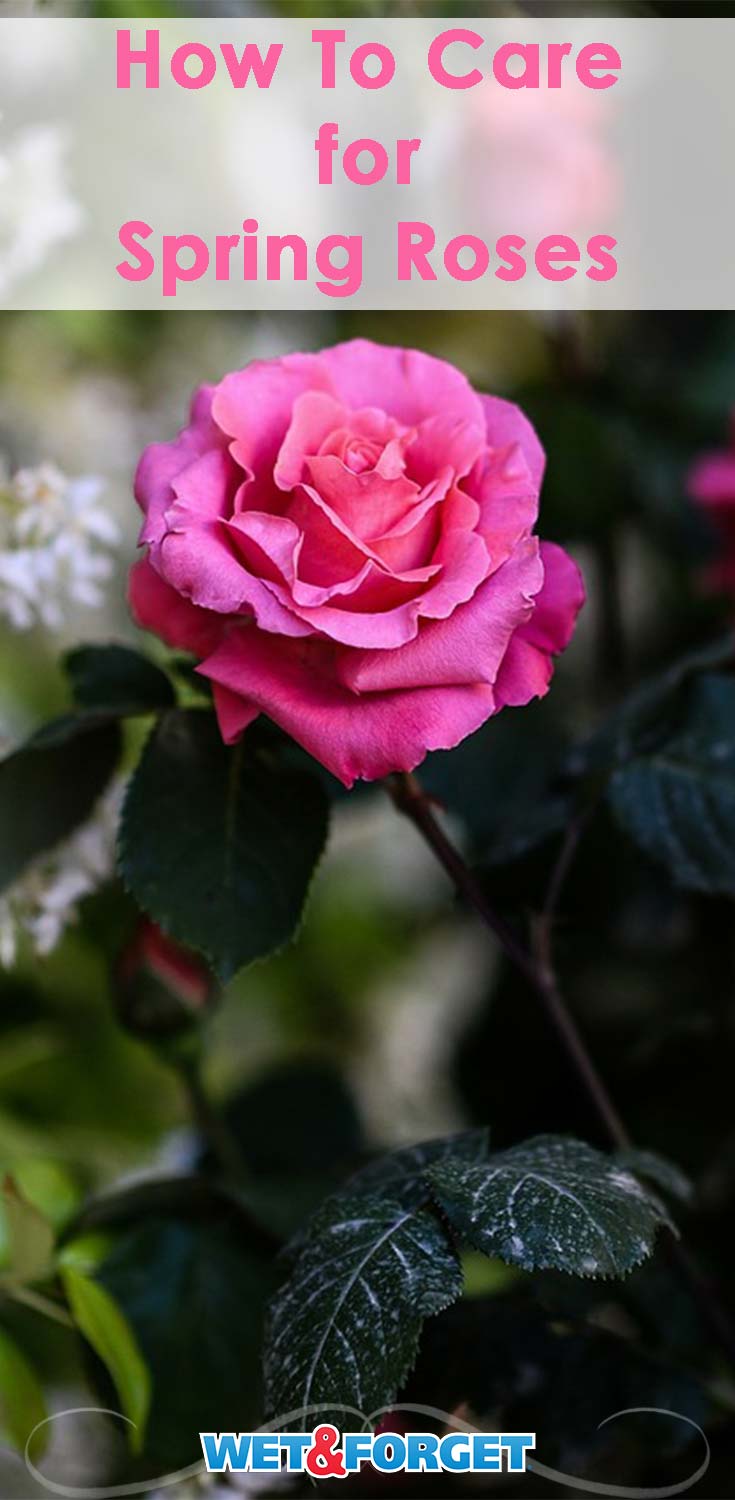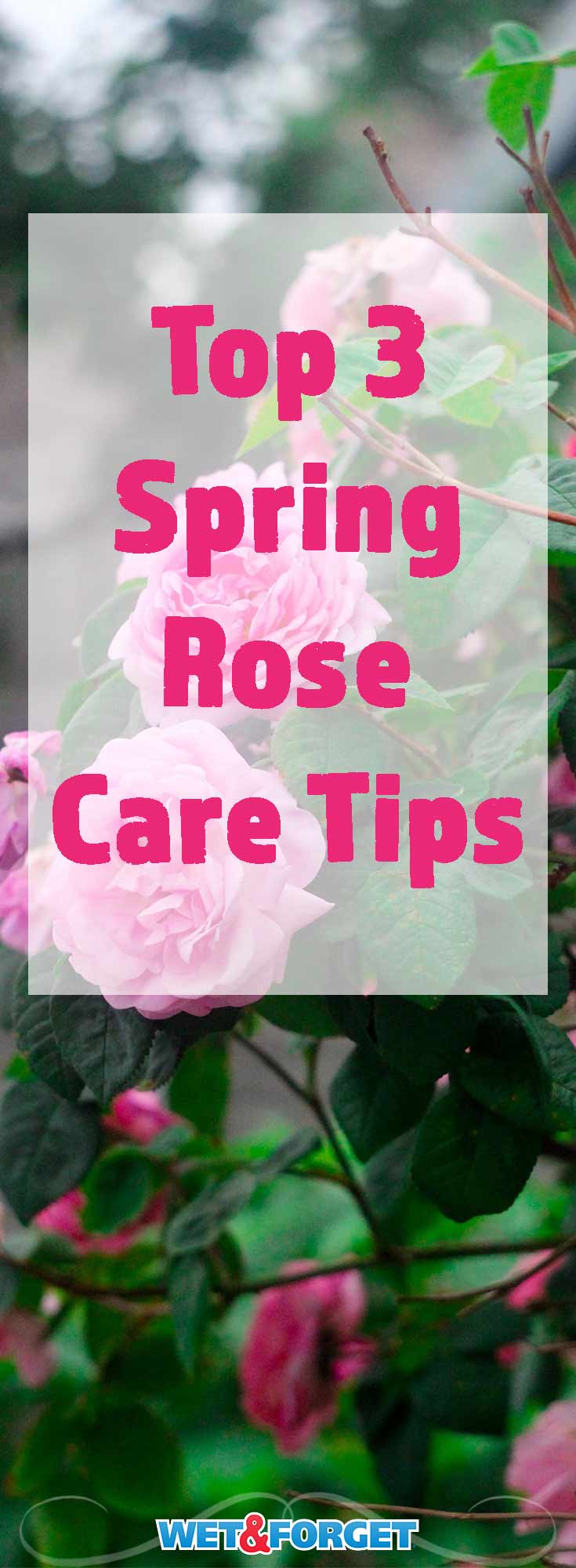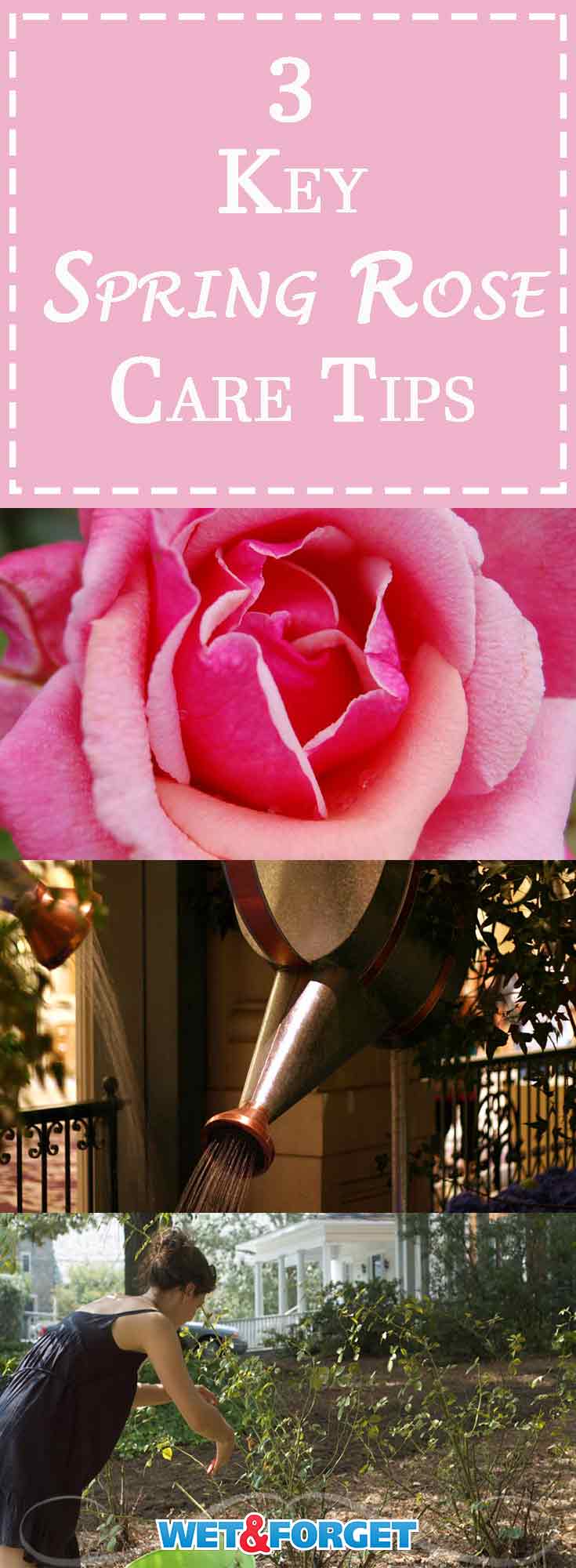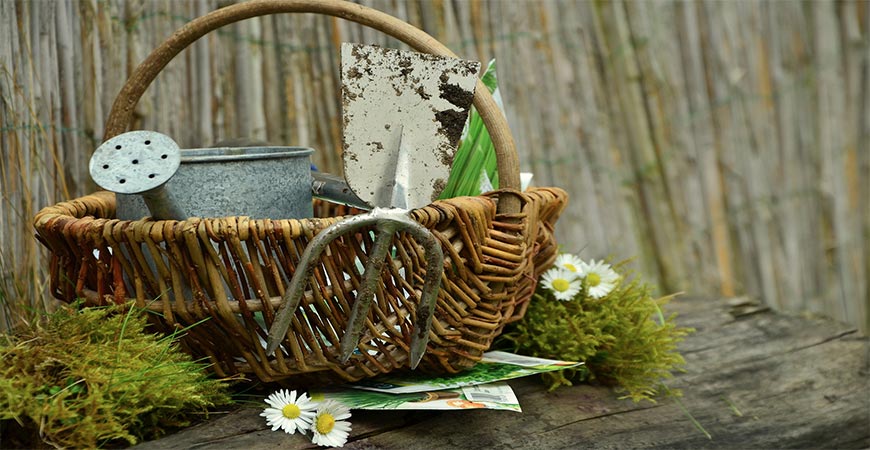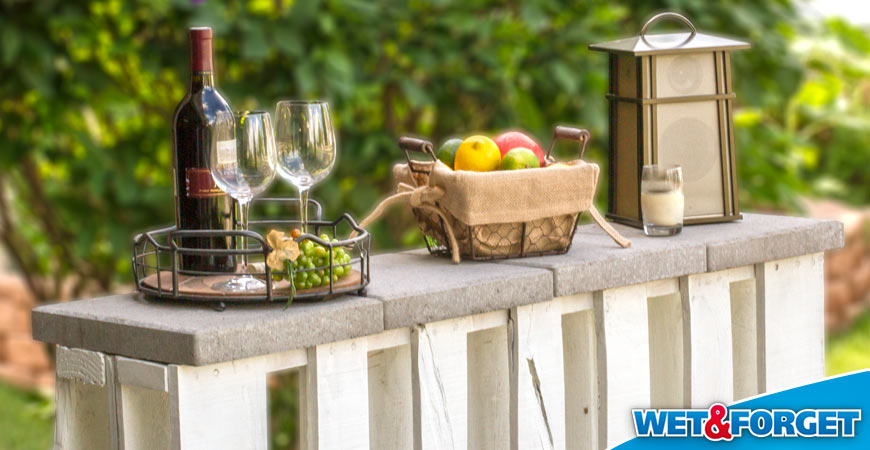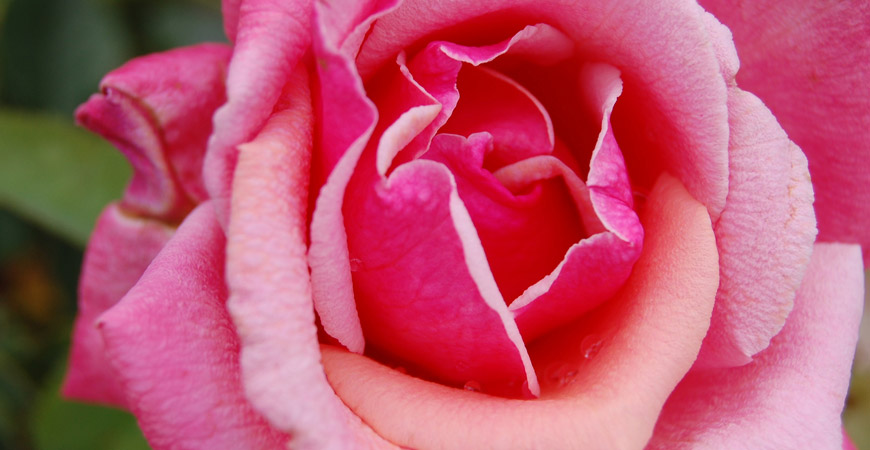
All Rose & No Thorn! 3 Key Spring Rose Care Tips for Top Blossoms
Roses are one of America’s favorite flowers, and for a good reason. Their delicate, velvety blooms are captivatingly beautiful, and their distinctive fragrance is one of the loveliest.
Roses come in countless colors and varieties and need different care to keep them at their best.
Read on to learn 3 essential things that you can do right now to give your roses a boost. Soon you and your family will be able to enjoy lots of gorgeous blossoms this summer!
1. Bid Farewell to Winter
We’re all ready to bid winter a not-so-fond farewell this year. For your roses, this means removing any winter protection you put down to shield the bushes or grafts from the elements.
This includes heavy mulch, extra soil, or branches. Rake away mulch and extra soil once the hard freezes have passed for your area, and clear away any debris that may block sunlight and hamper your roses’ growth.
2. To Prune or not to Prune?
April is almost here, and it’s an excellent time in much of the country to prune your roses. Some roses need more pruning than others, so the first step is knowing which type of rose you have, or at least which category your roses fall into repeat bloomers, once-per-season bloomers on new growth, or once-per-season bloomers on old wood.
If you aren’t sure which type of rose you have, take a photo and ask at your local gardening center, or check out the National Gardening Association’s plant finder.
Here are some pruning tips for your roses:
- Repeat-Bloomers
The modern shrub roses fall into this category, and they repeatedly flower every season on mature stems, but not old wood. The University of Illinois Extension warns against severely pruning this type of rose.
This is because you could stunt its ability to bloom. Instead, they recommend not pruning for the roses’ first 2 to 3 years in the garden to see what shape the rose will take.
After that, they recommend using the one-third method: in the spring, when the roses first begin to come out of dormancy, remove one-third of the canes, selecting the oldest canes for removal.
Now, find the youngest 1/3 of the canes form last season, and keep these. Remove the other 1/3 of the canes.
You’ll be left with young, mature canes that are perfect for blooming. Click here for detailed instructions and photos.
If you have repeat-flowering roses that bloom on new and old wood, such as Portlands, Hybrid Perpetuals, or Bourbons, you can prune them hard before they flower. Doing this will still get lots of blooms.
- Once-Per-Season Bloomers on New Growth
These roses include grandifloras, floribundas, hybrid teas, and miniatures. They bloom once on new wood, so they require very hard pruning in early spring to give them the best chance to produce lots of blooms.
The University of Illinois Extension recommends removing small, weak canes, cutting off any dead canes at the base, and leaving 3 to 5 thick, healthy canes at evenly spaced intervals around the plant. Then cut back the remaining canes until they each have 3 to 5 outward-facing buds remaining.
Click here for detailed instructions and photos.
- Once-Per-Season Bloomers on Old Wood
These roses, including Damasks, Alba, Mosses, Centifolia, and Gallica, need very little pruning; too much pruning will prevent them from blooming. Wait until after they have bloomed, and do only minimal pruning as needed to shape and maintain the plant.
For ramblers, limit springtime pruning to removal of winter damage.
3. Feed Each Rose!
Once your roses are pruned and ready for new growth, a feeding will give them the boost they need. Choose a good all-purpose rose food or all-purpose fertilizer, and follow the instructions.
Photos courtesy of Candie_N, Cane Vidar, Justin Leonard, and Marit & Toomas Hinnosaar.

